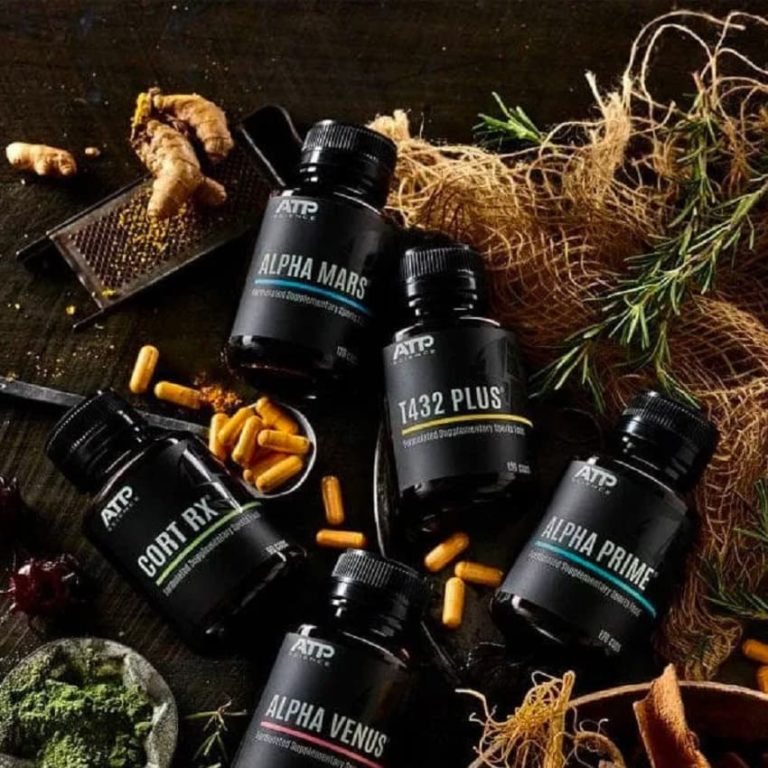As a nation, we’re spoilt for choice when it comes to beer. From local favourites served on tap in pubs, to the imported international varieties or the craft beers from regional breweries, you’re bound to find a beer that you’d drink by the carton.
But if your tastebuds start getting picky, and you’re feeling a bit creative, there’s always the choice of making your own. This is what drives the sheer number of micro-breweries, each with their own blend of Australia’s favourite bevvy. They all started with the basics: passion, time, a little patience and four basic ingredients. Though the first three money just can’t buy, you’ll find premium home brew supplies online or in your nearest homebrew shop.
The Essential Ingredients in Any Beer
So what goes in a beer? With all the different types of beer, brewers can choose from a wide range of beer brewing ingredients. It all boils down to the taste you’re after. However, most beers contain four essential ingredients – malted grains, water, hops, and yeast. We’ll take a closer look at each.
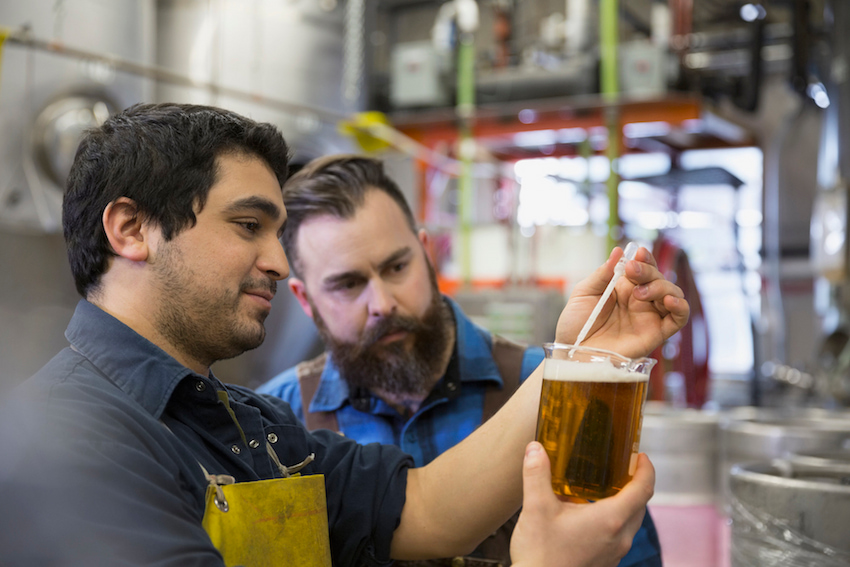
Malt
Also known as ‘malted grain’, malt is treated in a process called malting, which prepares the finished product, or ‘wort’ for fermentation. In short, the grain is soaked in water, begins to germinate, at which point it is heated, dried and, later on, boiled. This releases enzymes, which convert starches in the grain into sugars, and other by-products like proteins.
By far, the most common malt grain is barley and found in abundance in Australia. Other grains are also used, mostly wheat, but also oats, rye and rice. Malt is important in that it gives beer its typical flavour, colour and aroma. Grains that are lightly roasted produce beers with light colours and sweet, bready flavours. Adversely, grains that are roasted for longer periods and at higher temperatures are darker in colour and often have a chocolaty or coffee taste. In this context, malt comes in two main varieties:
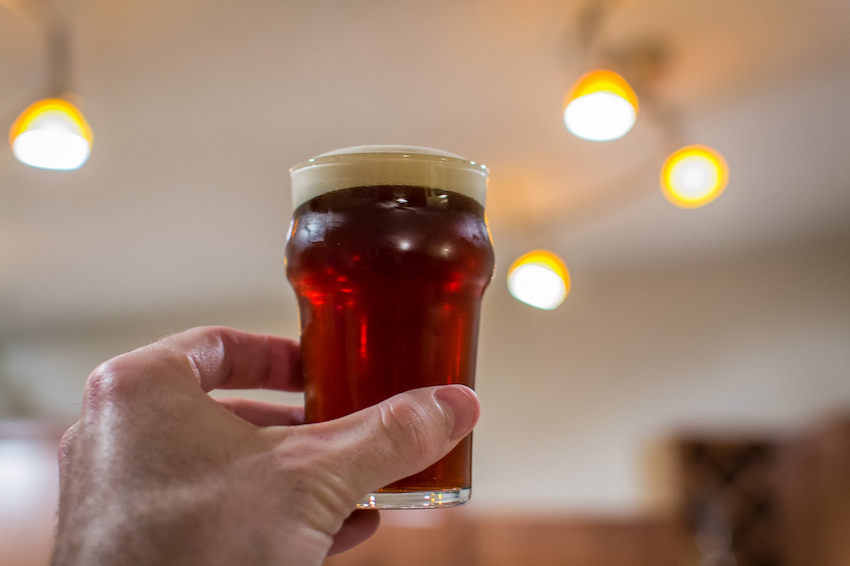
- Base malts – these form the foundation of most beers, are lightly roasted and generally pale in colour.
- Specialty malts – these are used to add colour, flavour and texture. Common examples are chocolate malts, which are heavily roasted, and as the name implies, give beers a dark colour with a roasted, chocolaty flavour.
Many beer varieties today are produced from a varying mix of different malts.
Water
Water is the main ingredient in beer, comprising up to 90 per cent of the drink. Although the quality of water is often overlooked, particular beers have gained popularity for the water they use. The most notable example is Pilsners, hailing from the Czech town of Plzen, which with its remarkably smooth water gave rise to crisp, golden lagers.
For homebrewing purposes, tap water is fine. If you’re in doubt about its quality, or there are any unwanted tastes, tap water is easily treated, just boil it. Use distilled bottle water if unsure. And if you want to copy a particular beer, say Pilsners, homebrew retailers also sell additives that clone specific water types.
Hops
These are the cone-like flowers of the hop plant and a close relative to hemp. Hops serve various purposes when brewing beer. They are added to the wort either at the beginning or at the end of the brewing process to give additional flavour, aroma, and most importantly bitterness. When added early on, hops contribute to the bitterness in beers, balancing out the sweetness of the malt. These are usually called bittering hops, and contain a high amount of acids. Bittering hops also help in the formation of the beer ‘head’, or foam.
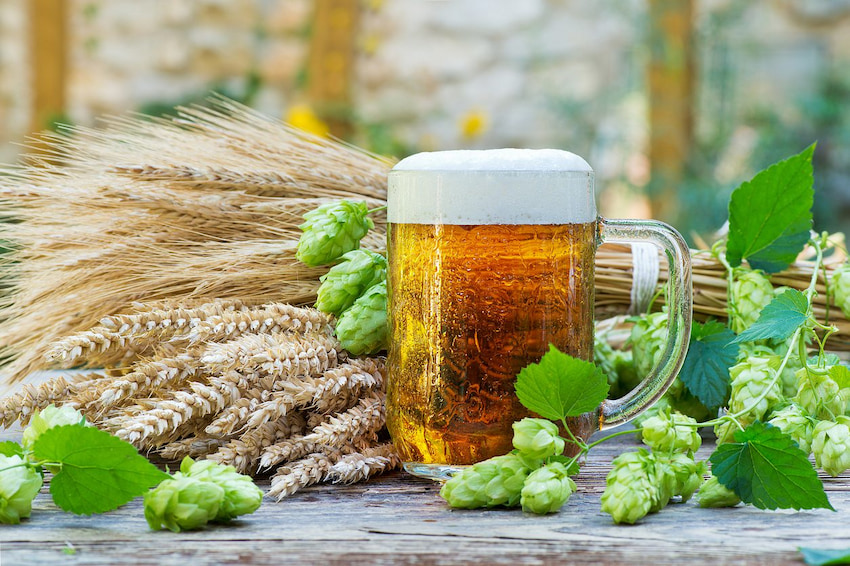
Hops added towards the end of the boil, also called flavouring hops, contain essential oils, and give beer its distinctive ‘hoppy’ smell. They can also be added after the hop boil has cooled, in a process known as ‘dry-hopping. This is especially useful for preservation. Famous beer styles developed in this manner are Indian Pale Ales, with added hops for longevity.
At your local homebrew store, you can find different types of hops depending on the beer type and the flavour you’re after. Though rarely sold fresh, you’ll find them sold as pellets in airtight packaging.
Yeast
Technically a fungus, invisible to the naked eye, yeast is what makes beer, beer. Added to the wort, yeast breaks down the sugars in the malt, to produce both alcohol and carbon dioxide, in the process of fermentation. Different kinds of yeast strains impact beer flavour and aroma, typically on the fruity side.
Two different types are used to brew distinctive beers, ale yeasts and lager yeasts.
Ale yeasts, also called top-fermenting yeasts, are fermented at higher temperatures, generally between 13 and 20 ᵒC, so are ideal to brew at home. They produce more complex, flavoured, heavy-bodied beers, called ales. Popular types include Indian Pale Ales mentioned above, Stout beers, Porters, Belgian Trappist Ales, to name a few.
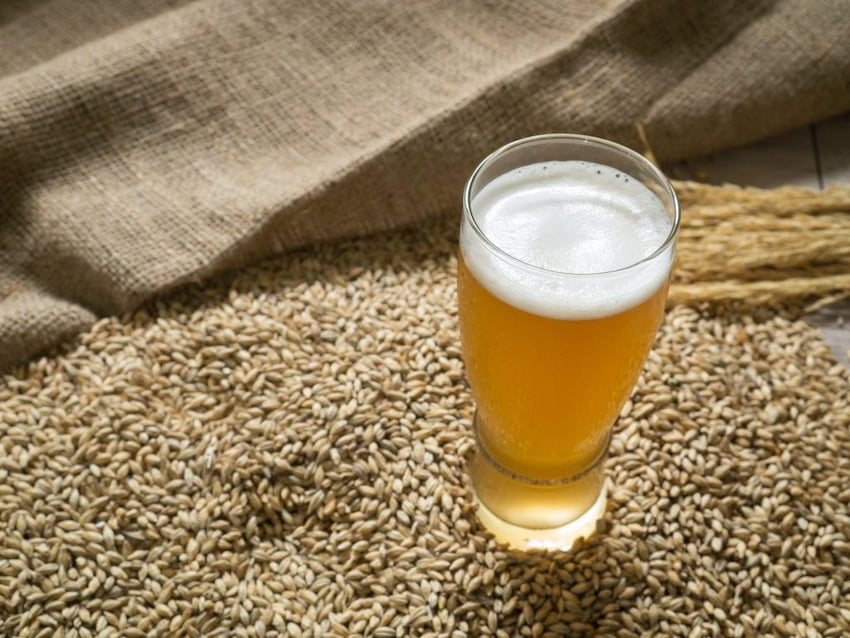
Lager or bottom-fermenting yeasts are fermented at lower temperatures, between 0 and 2ᵒC, so they need a dedicated temperature-controlled fridge. Lagers are crisper, lighter beers, served cold. The majority of beers brewed and sold commercially in Australia are lagers.
Yeast is also sold as dry or liquid yeast. Dry yeast is the less perishable of the two and lasts longer at room temperatures.
Buying and Storing Beer Brewing Ingredients
You can buy beer brewing ingredients at dedicated homebrew stores or online. Homebrew shops stock a variety of malts, from base to specialty malts, depending on the beer you’re brewing. Malts are typically sold in bulk containers, and are usually crushed and milled, making them easier to brew. Once you’ve bought your desired amount, you can store them at room temperature, ideally in a cool and dry place, for up to two weeks, before you start to make your next beer.
Hops are generally sold in airtight packages. Since they spoil easily, they should be kept in the fridge if you’re brewing within the next few days of purchase. If brewing later on, keep your hops in the freezer.

Yeast, whether dry or liquid, with liquid varieties being more available, can be stored in the fridge for longer periods, without spoiling.
These are the essential ingredients for making beer home. Stores also sell a wide range of additives, if you have particular flavours and aromas in mind. Here you’ll also find complete brewing kits, and all the required equipment to get you into homebrewing. And as mentioned, if you’re brewing your favourite beer at home, you can also find bundled packages for your next brewing project. Cheers!








